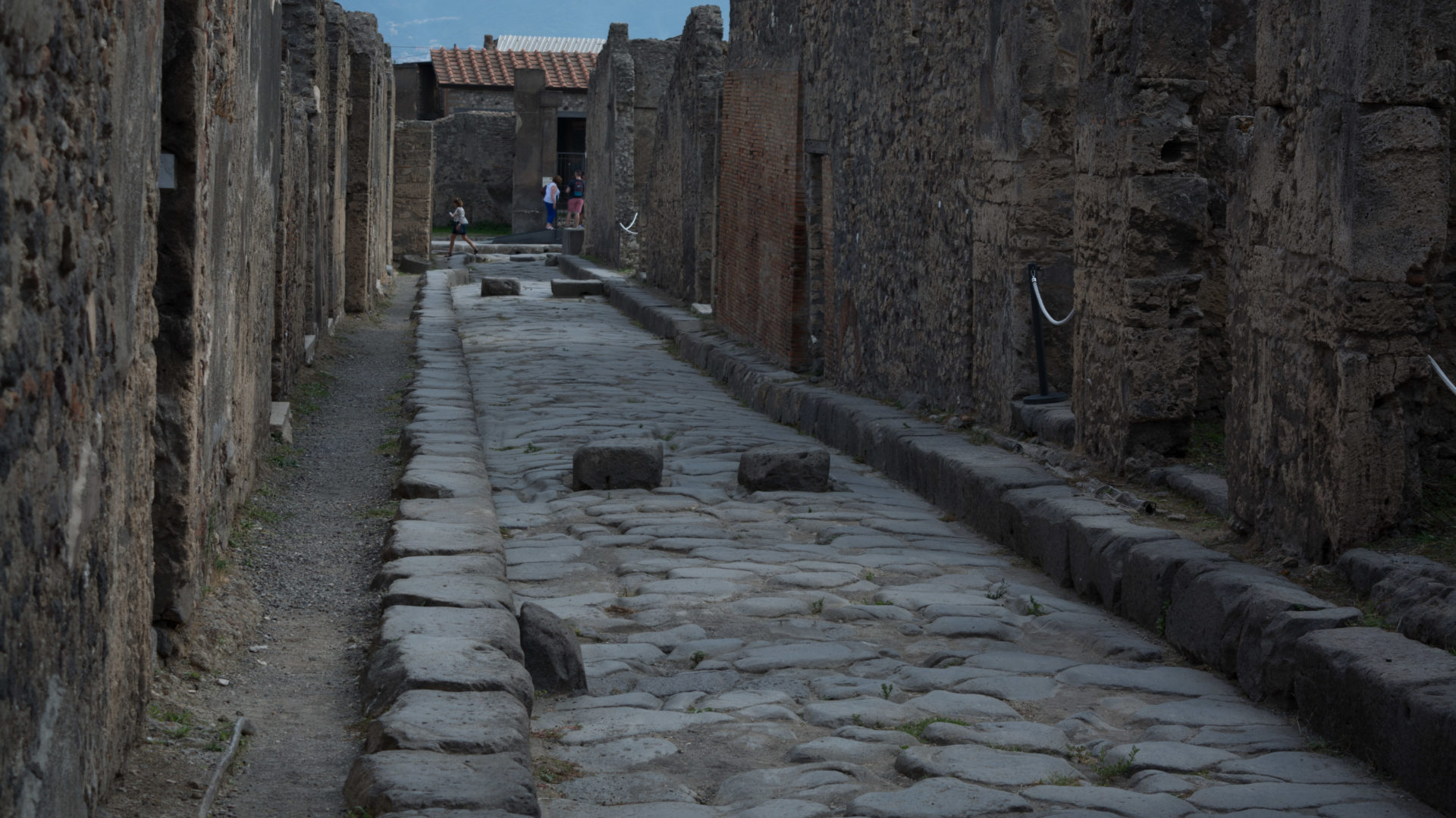I landed early in Rome for my first day of the trip, with my passport in hand and tickets for the train to Naples. I was scheduled to meet the rest of the group for lunch, so after clearing passport control and collecting my bags I got onto the Leonardo Express, a regional train that goes directly from the airport to Roma Termini (the central train station in Rome). The ride to Roma Termini was only about a half-hour long. The station in Rome was easy to navigate, and after a quick transfer I got onto the Frecciarossa, a high-speed train that runs to various destinations in Italy including Naples. The train can run at speeds of around 200mph, so it was something that I was eager to try, since we do not have high-speed passenger rail at home. During the journey I took this screenshot using the speedometer on my smartphone:
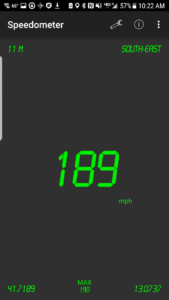
Despite the speed, the ride was actually quite comfortable. I was very impressed.
The trip to Naples only took about an hour, and once I got off the train a taxi driver was waiting to take me to the restaurant. I met the driver at the end of the platform, and since the train had been running a little behind schedule we got on the road as quickly as we could. Along the way we talked a bit, and given how good his English was I was surprised to hear that he had learned all of his English in the last 3 years since he started driving the taxi. He also complimented my Italian, which I had studied with a teacher online before the trip.
The restaurant was a small local pizzeria on the coast in Pozzuoli, with views overlooking the Bay of Naples. As the taxi parked and I stepped out, I could see the rest of the group entering the restaurant from the other side of the street. The timing was perfect! So after saying goodbye to the driver I walked in and joined the group for lunch. Our tour manager, Sirah, greeted me right away and once everyone had settled down I took a seat across from our guide lecturer and archaeologist, Tony.
In typical Italian fashion, lunch was a simple but very excellent pasta dish. Wine was served as well, although since I was still fighting a case of jet lag I skipped alcohol for the first day. By the end of the meal the group was talking, laughing, and greeting each other, which was an early indication of how very well we would get along over the course of the week. We couldn’t have been off to a better start!
We had been scheduled to visit Sulfatara this afternoon, but unfortunately the site was still closed due to the tragic accident that had occurred a few weeks prior. So after finishing lunch we headed instead to the Macellum, our first site. The location is often referred to as the Serapeum of Pozzuoli, since a statue of the Egyptian god Serapis was found here. Tony explained that the area was actually a marketplace, used for importing grain in the 1st century AD before Trajan built his great port in the early 2nd century. Trajan’s port was the last site I visited on my previous tour in Italy, it is located near the airport in Rome and is definitely recommended!
The three large pillars at the rear of the site are in situ (left where they were found), the others in the circle were gathered together later. The area is currently dry, but was flooded in earlier years due to a geological process called Bradyseism (Brad-eh-sism). When Tony explained this process, he told us to think of it as the magma chamber underground “breathing,” causing the ground to rise and fall like a person’s chest. When the ground moves up and down, the sea moves as well, resulting in shifting water levels.
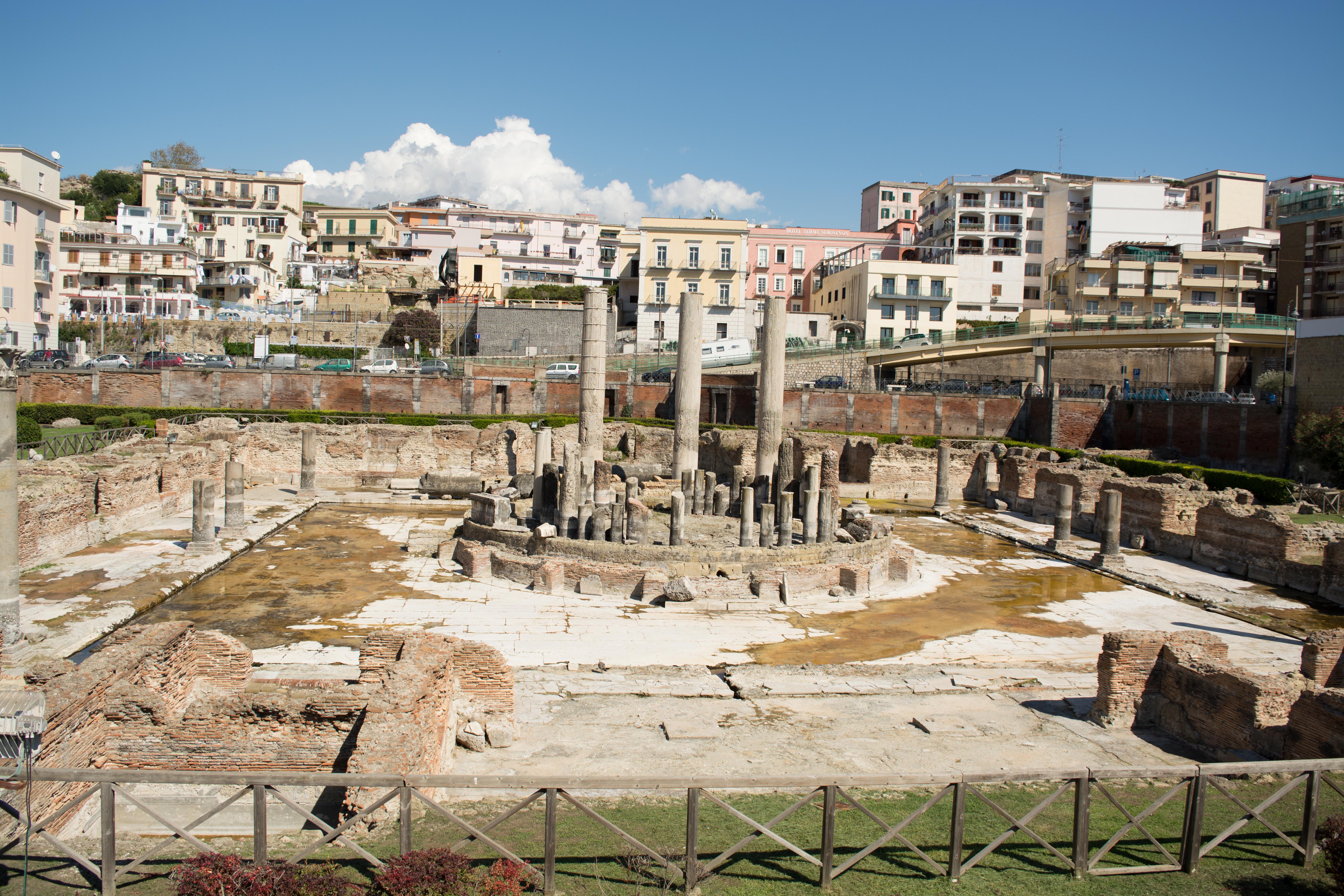
Currently, the water is out due to the ground being raised, so the Macellum is dry. But in an earlier time, the Macellum was under water, and the damage on the columns in the next photo was caused by mollusks:
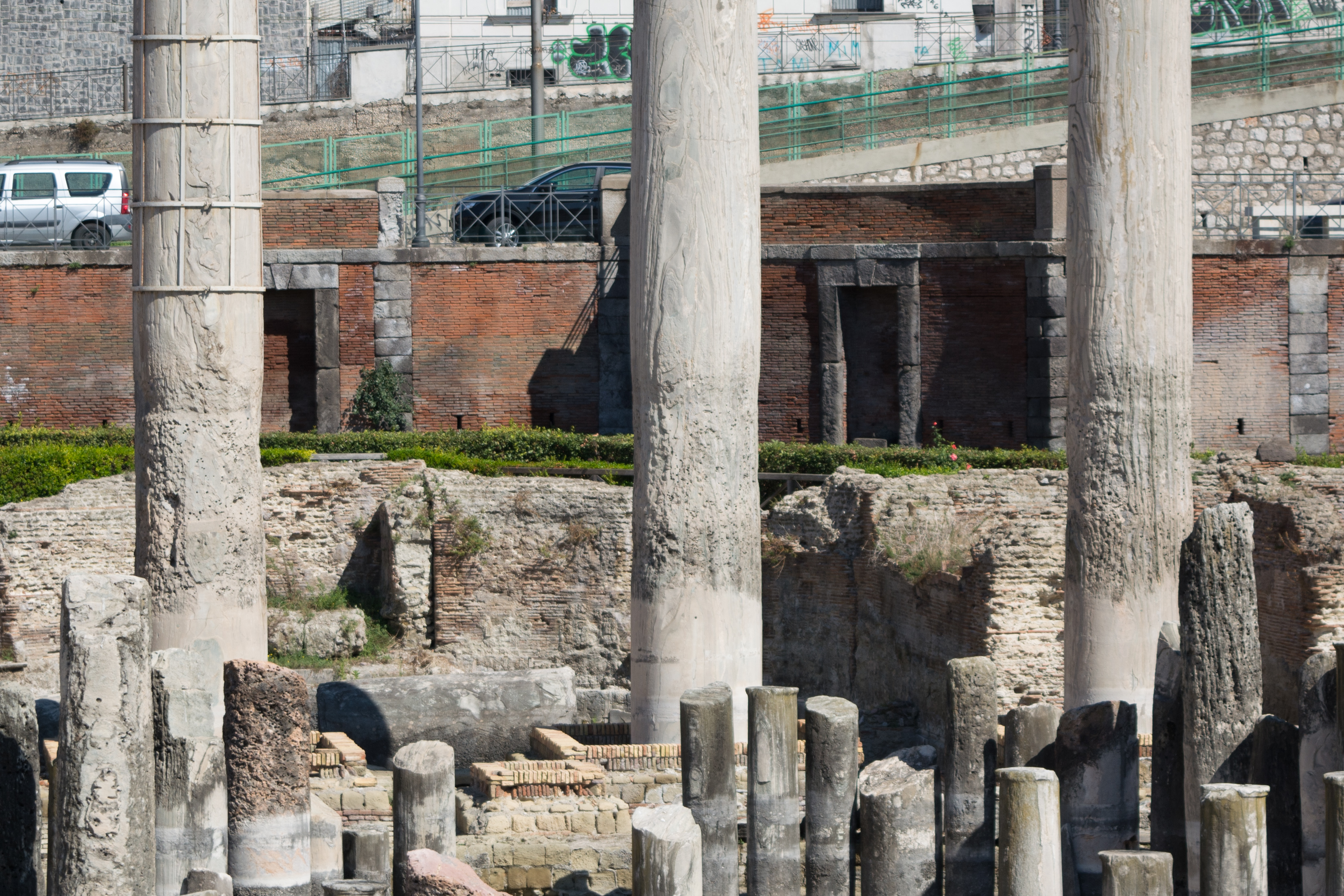
Our next stop was Cuma, site of a former Greek acropolis re-built in Roman times. Underneath is the Crypta Romana, a giant cistern that once held water for Rome’s naval fleet. It was built by Augustus and Agrippa. There is also a tunnel 1km long connecting the cistern to the nearby town, running through the rock under the acropolis. The map nearby makes it all clear:
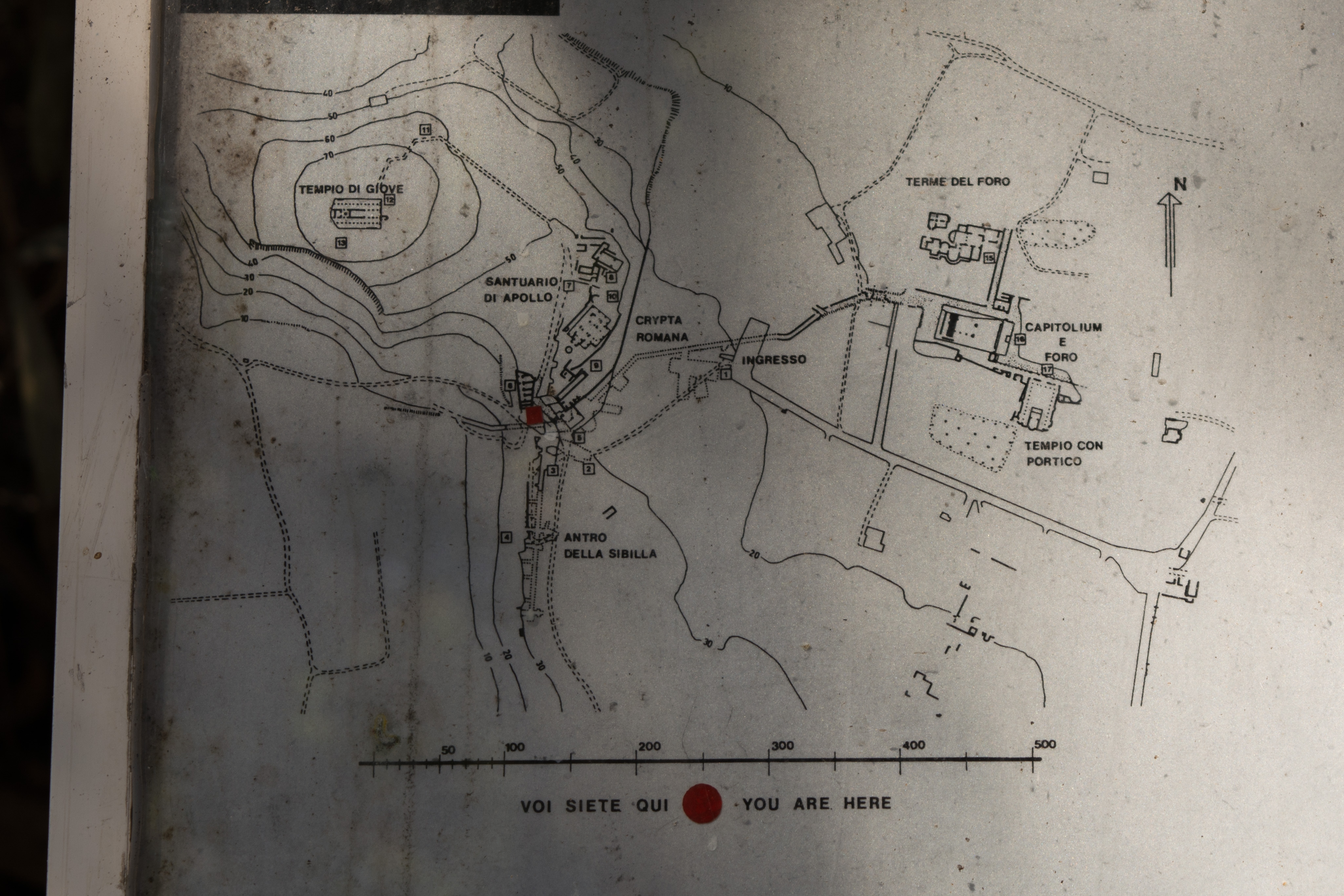
The tunnel is the long line running from under the Sanctuary of Apollo (the Greek acropolis) to the Forum, and the Crypta Romana is the large cistern underneath. We had hoped to be able to go into the Crypta Romana, but it was blocked off from above with nets. Nevertheless, we were able to see inside the entrance of the tunnel and get an idea of the massive project:
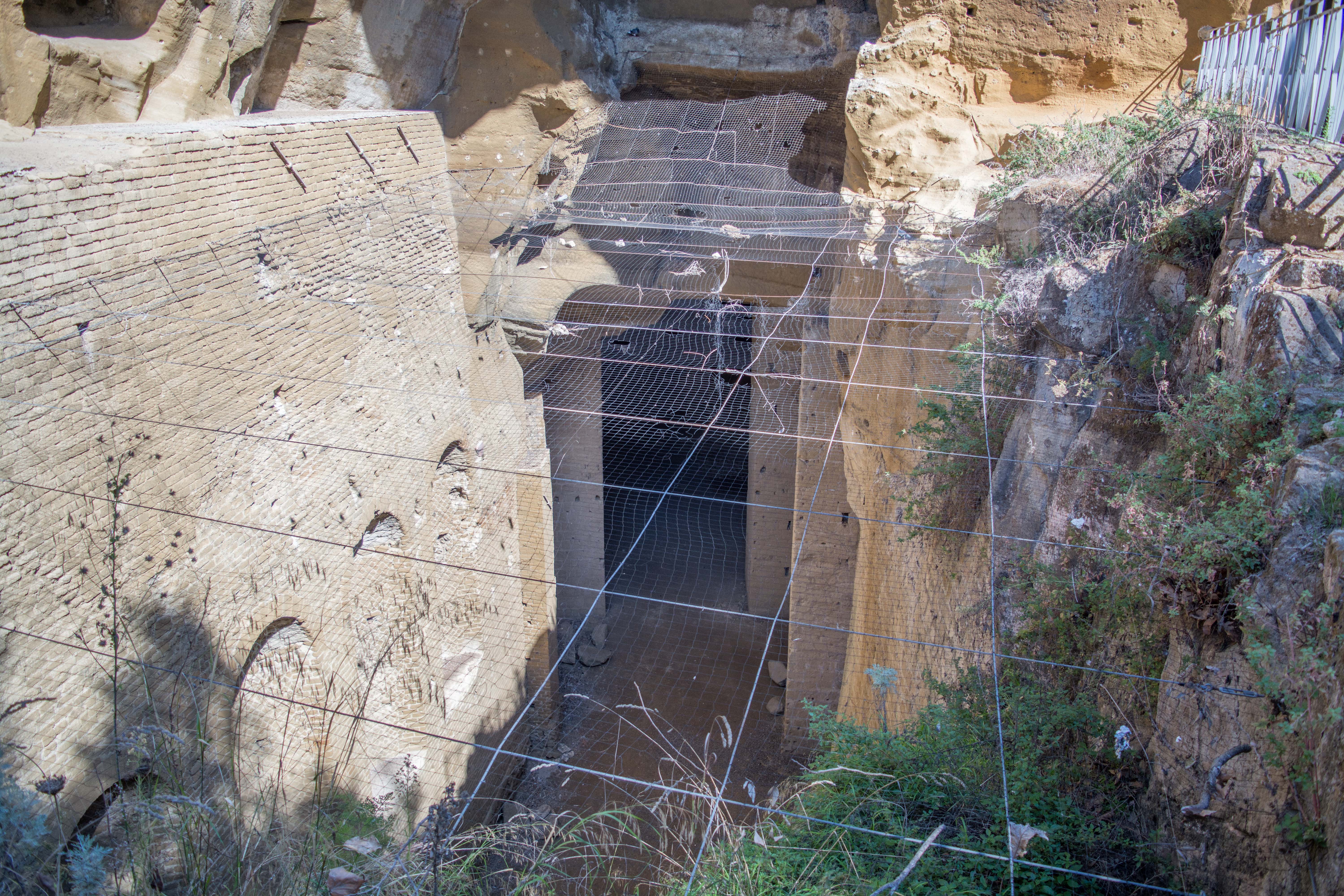
On our way up the hill to the acropolis, we are rewarded with breathtaking views of the Italian coast:
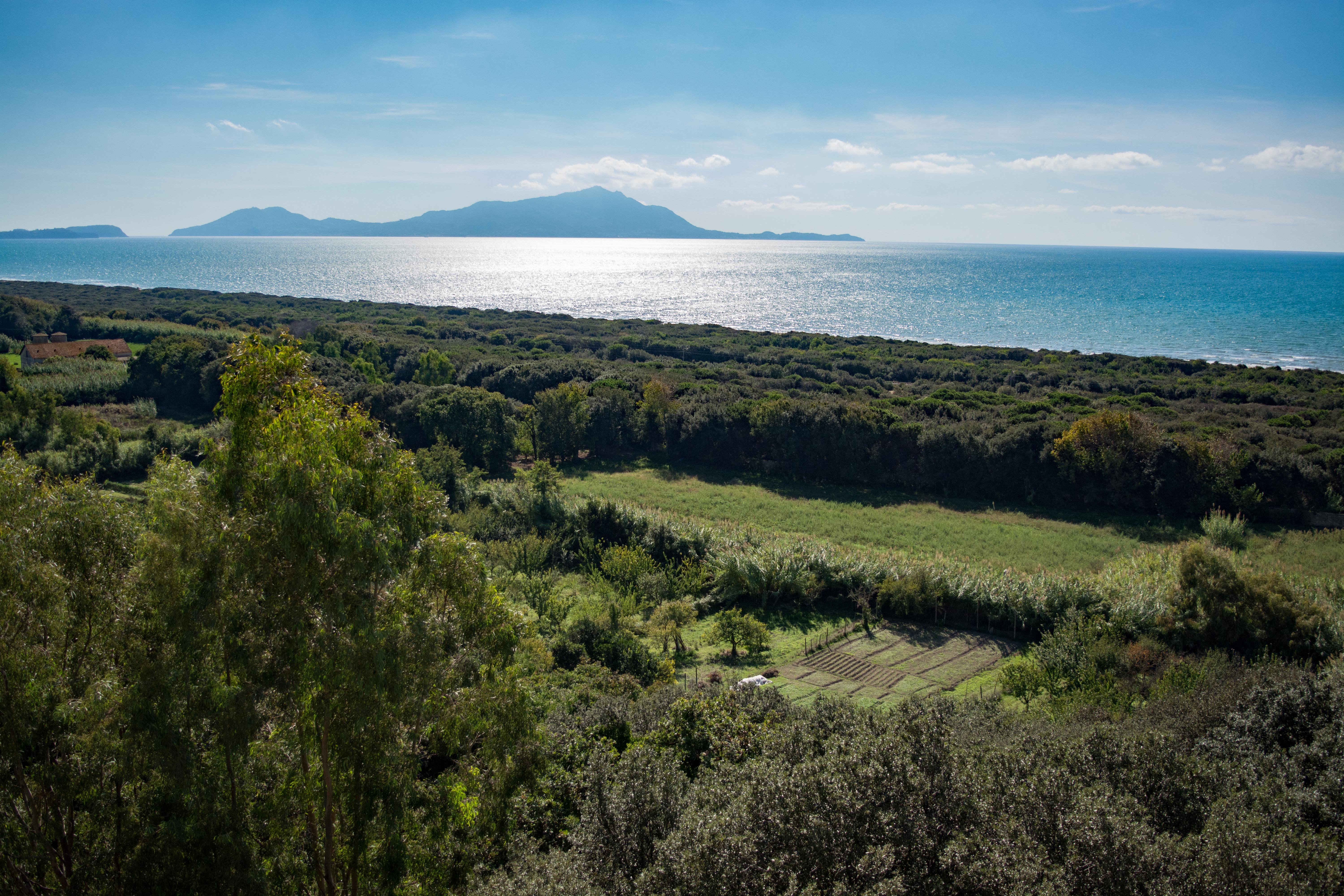
As we climb higher, we reach the top of a medieval fort where Christian burials have been cut into the rock. These are small rectangular spaces where a body was once entombed. Tony pointed one out to us on the way up, and once we had seen one it was easy to recognize others:
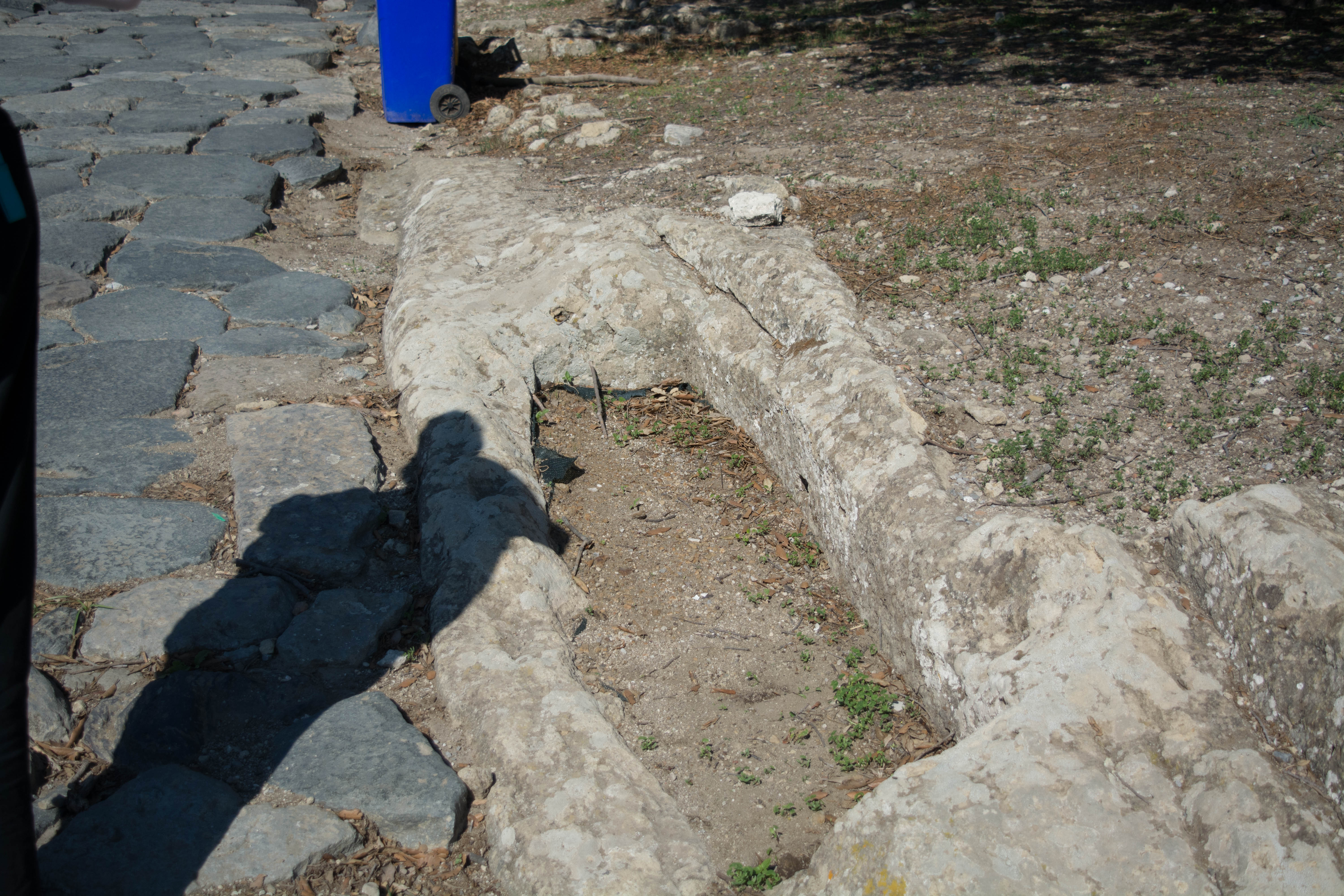
Reaching the acropolis, we find 2 more Christian burials:
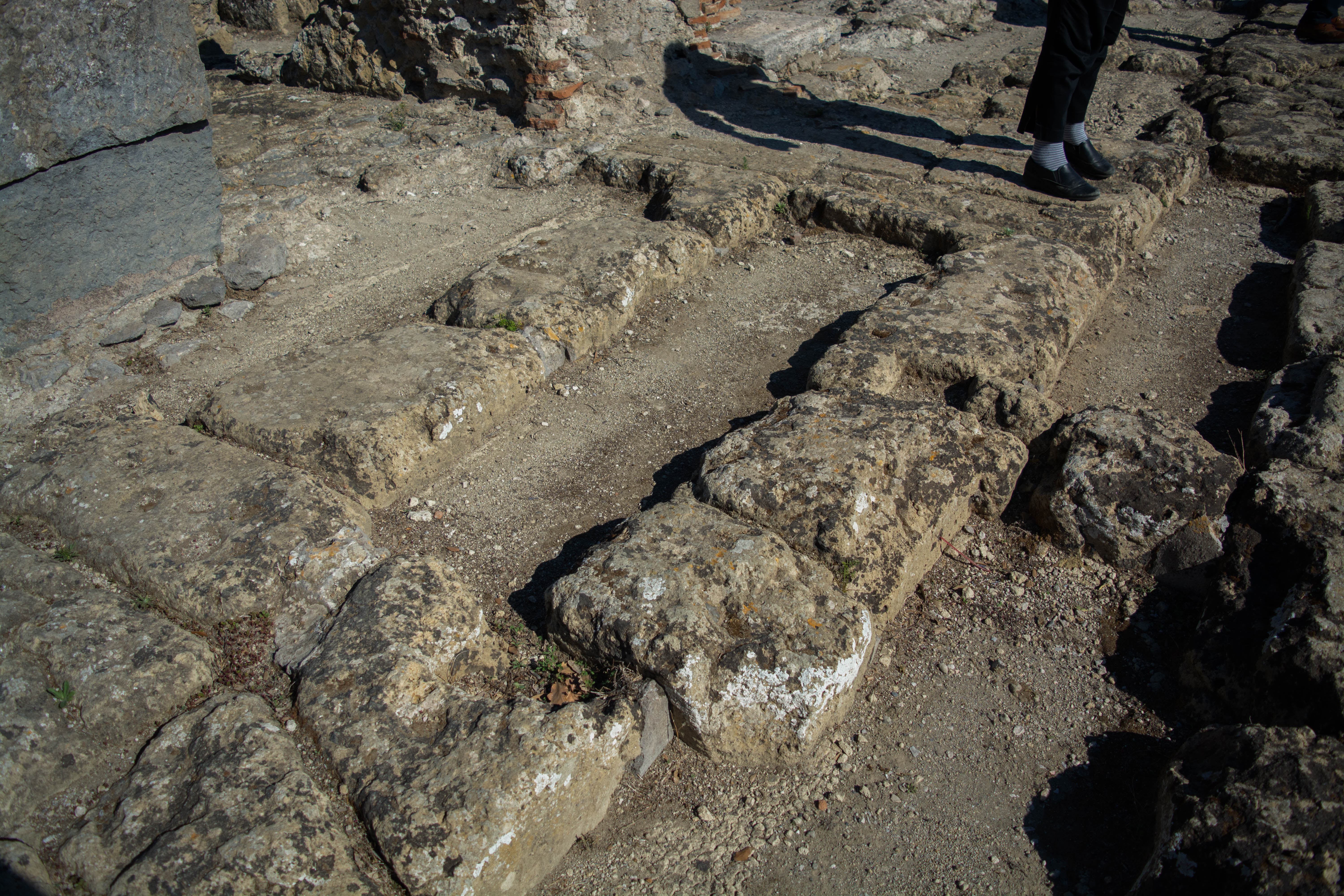
Like many other places in Italy, the acropolis at Cuma consists of an earlier Greek temple that was rebuilt later into a Roman one. Here you can see the Greek foundations, on which are red Roman bricks: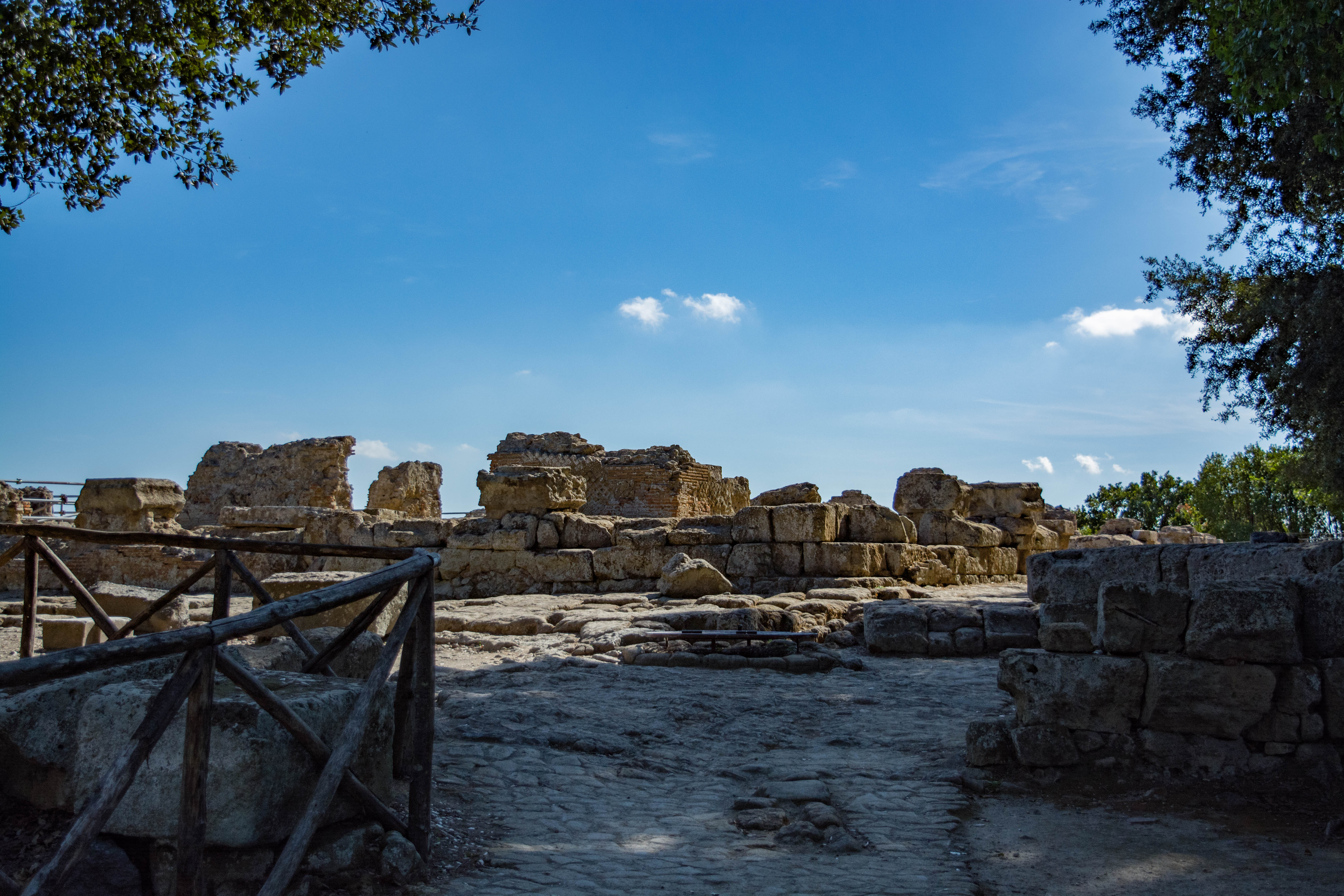
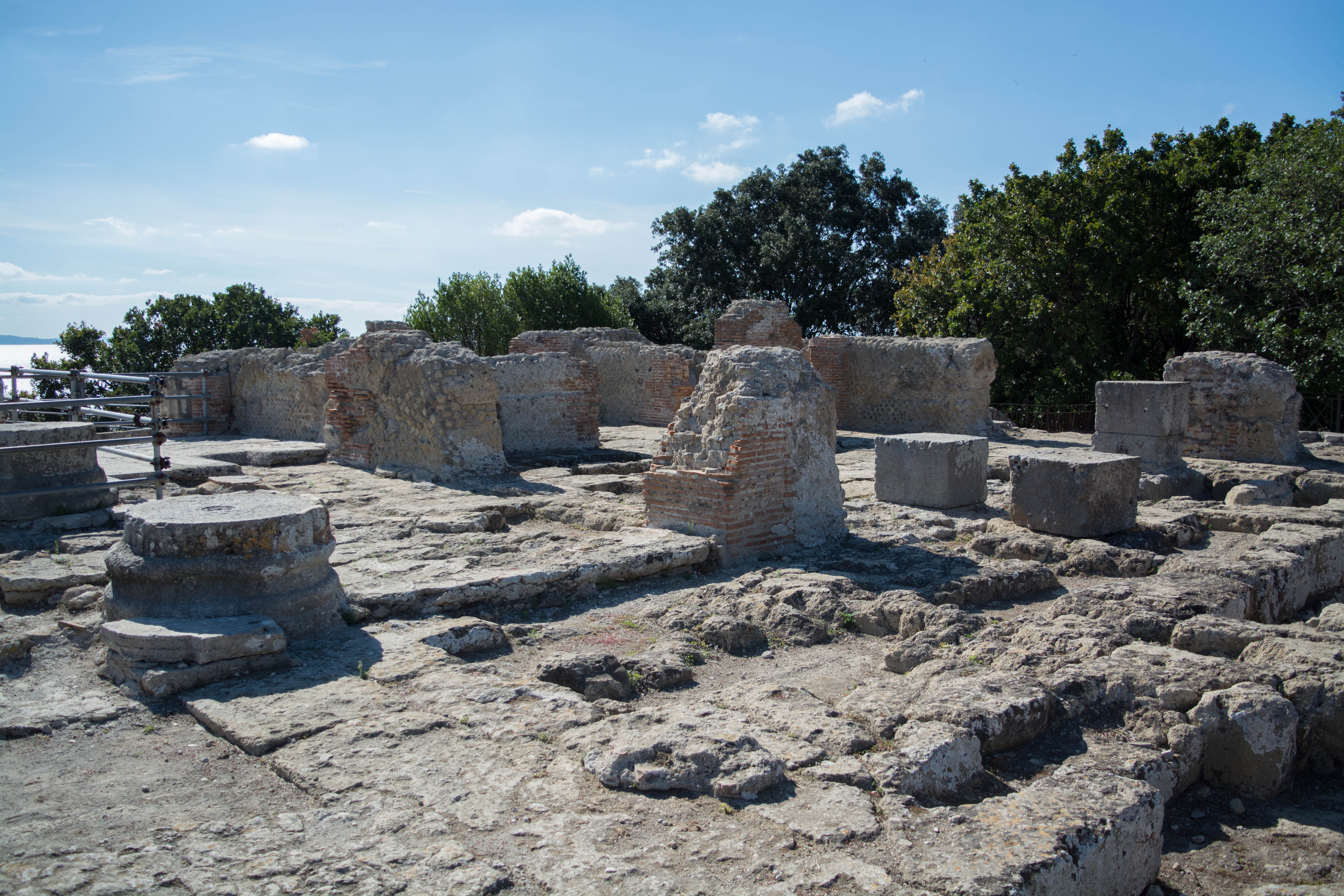
Looking out from the rebuilt temple, we can see the ruins of the Roman town lying below. Major university excavations are currently taking place there:
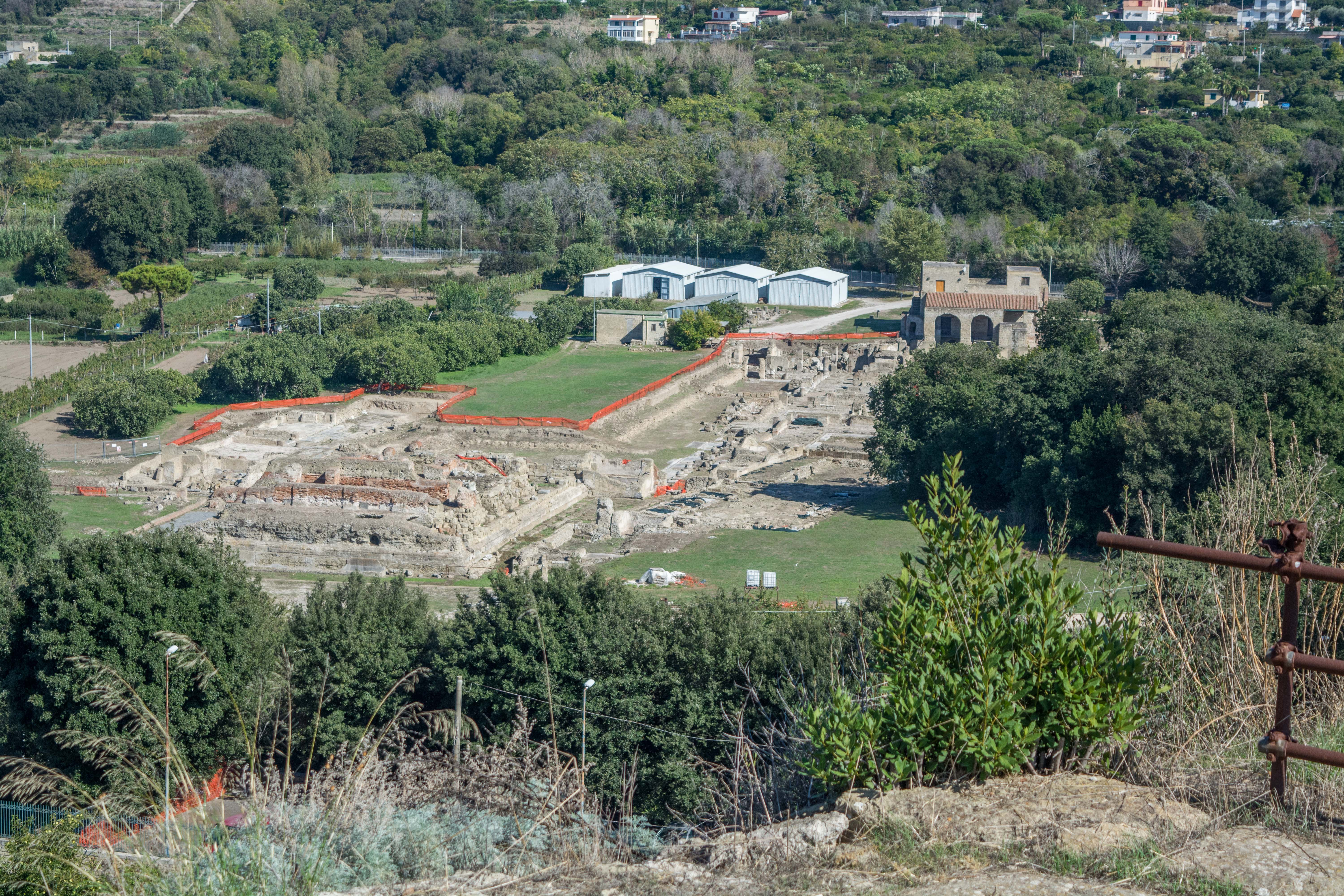
And the original Roman gate, through which visitors to the town would have passed:
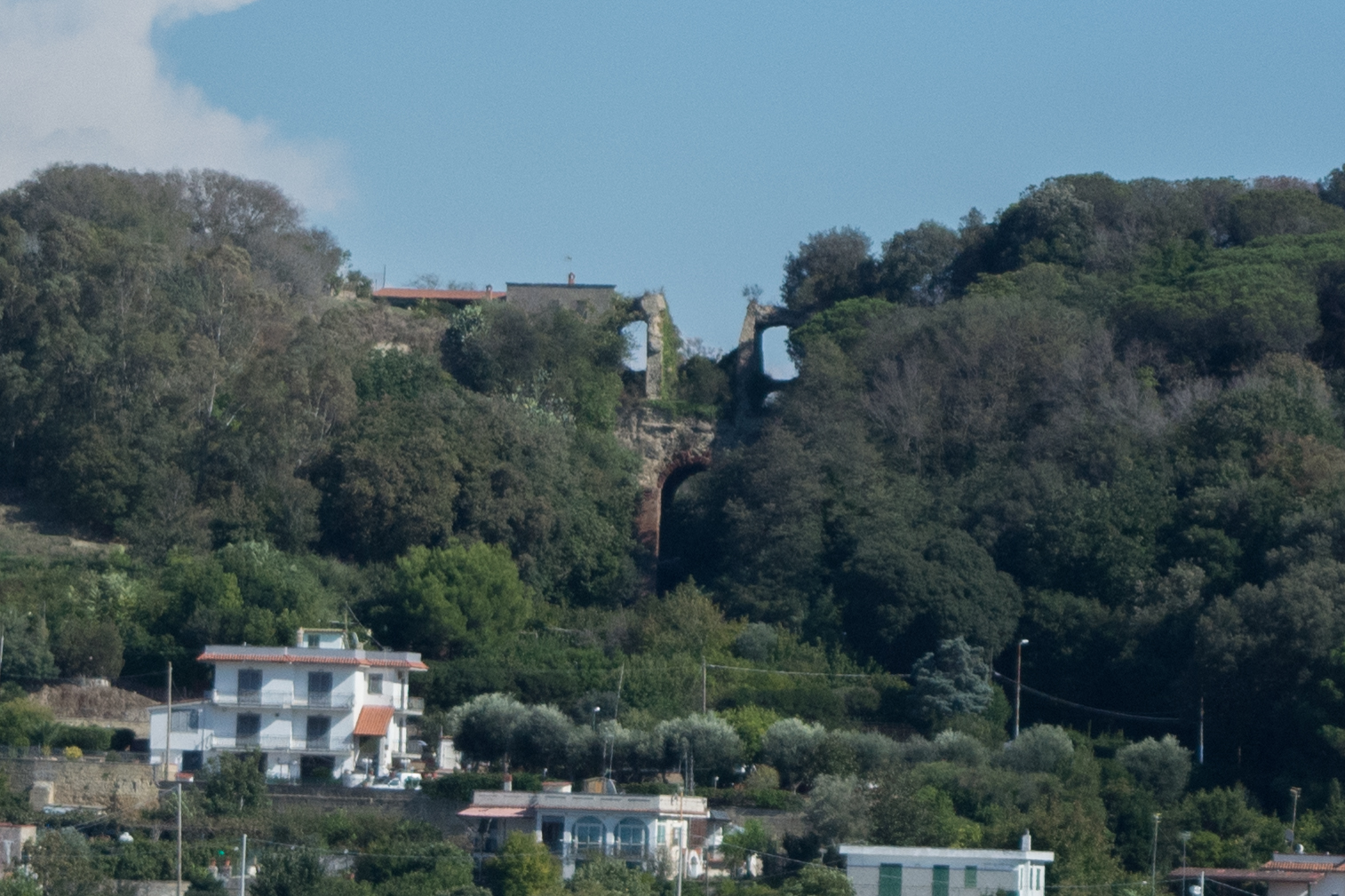
Tony explained that in the Augustan Period (27BC-14AD) the Roman temple was rebuilt on top of the Greek one with a huge pediment looking out over the valley (and the town). So anyone approaching via the road would come through the gate and immediately be looking upon a massive Roman temple high on the hill, towering over themselves and the town below. It was a mighty symbol of the Emperor’s power.
Climbing still higher towards the ruins of an additional temple, the former Temple of Jupiter, we find ourselves walking on original Roman roads:
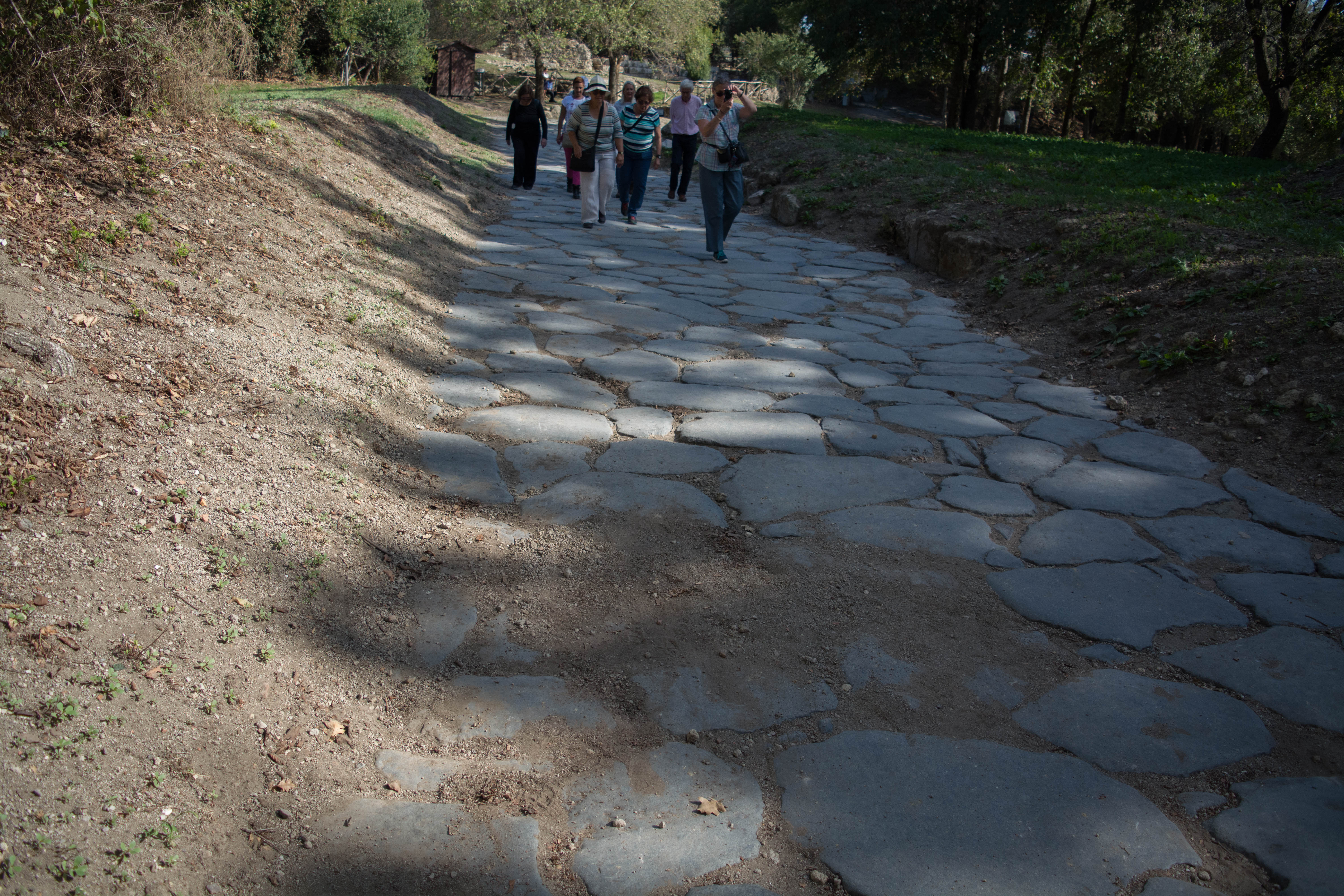
And at the top of the hill, peeking through the foliage, the ruins of the other temple appear:
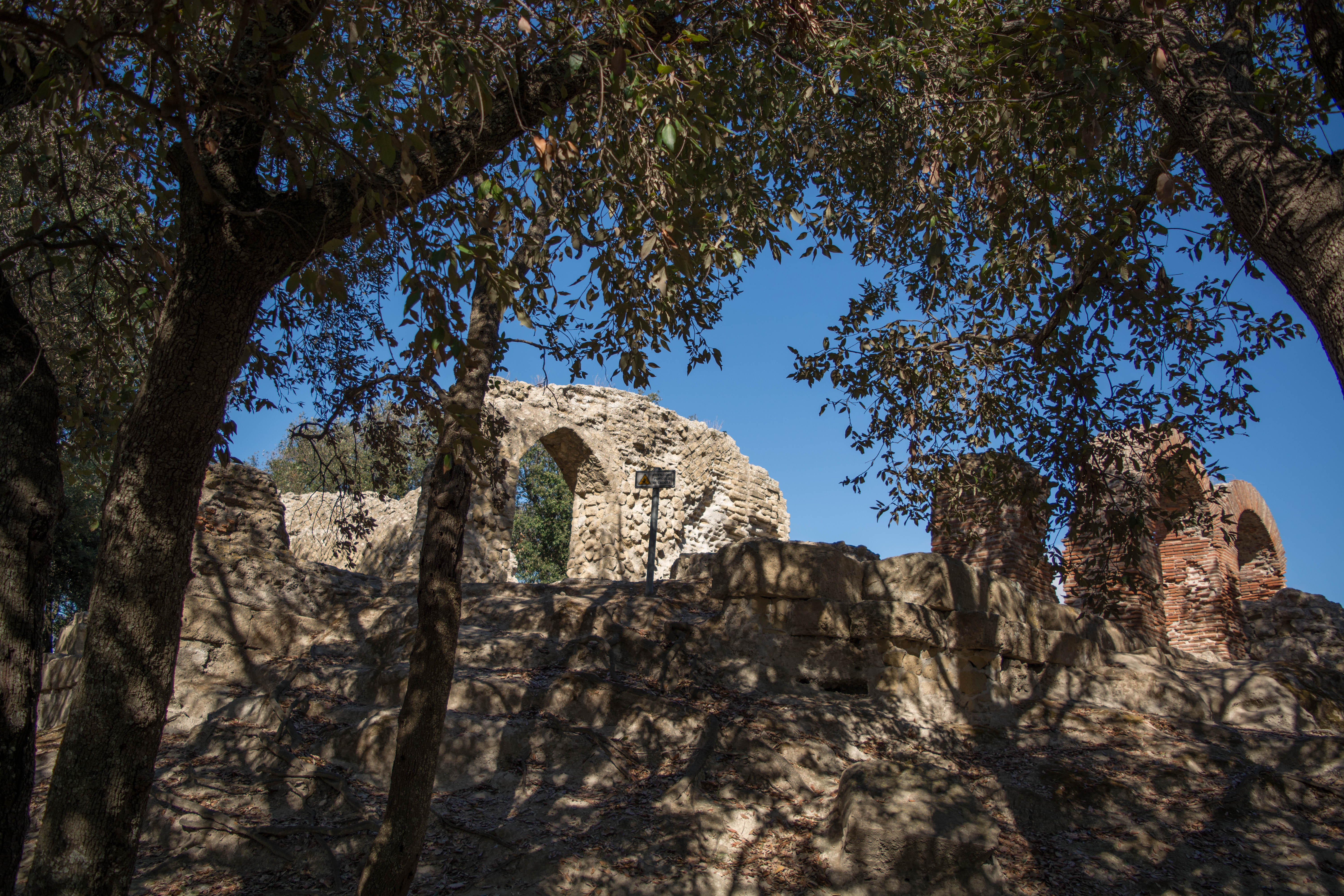
Once again, red Roman bricks lie on top of Greek foundations:
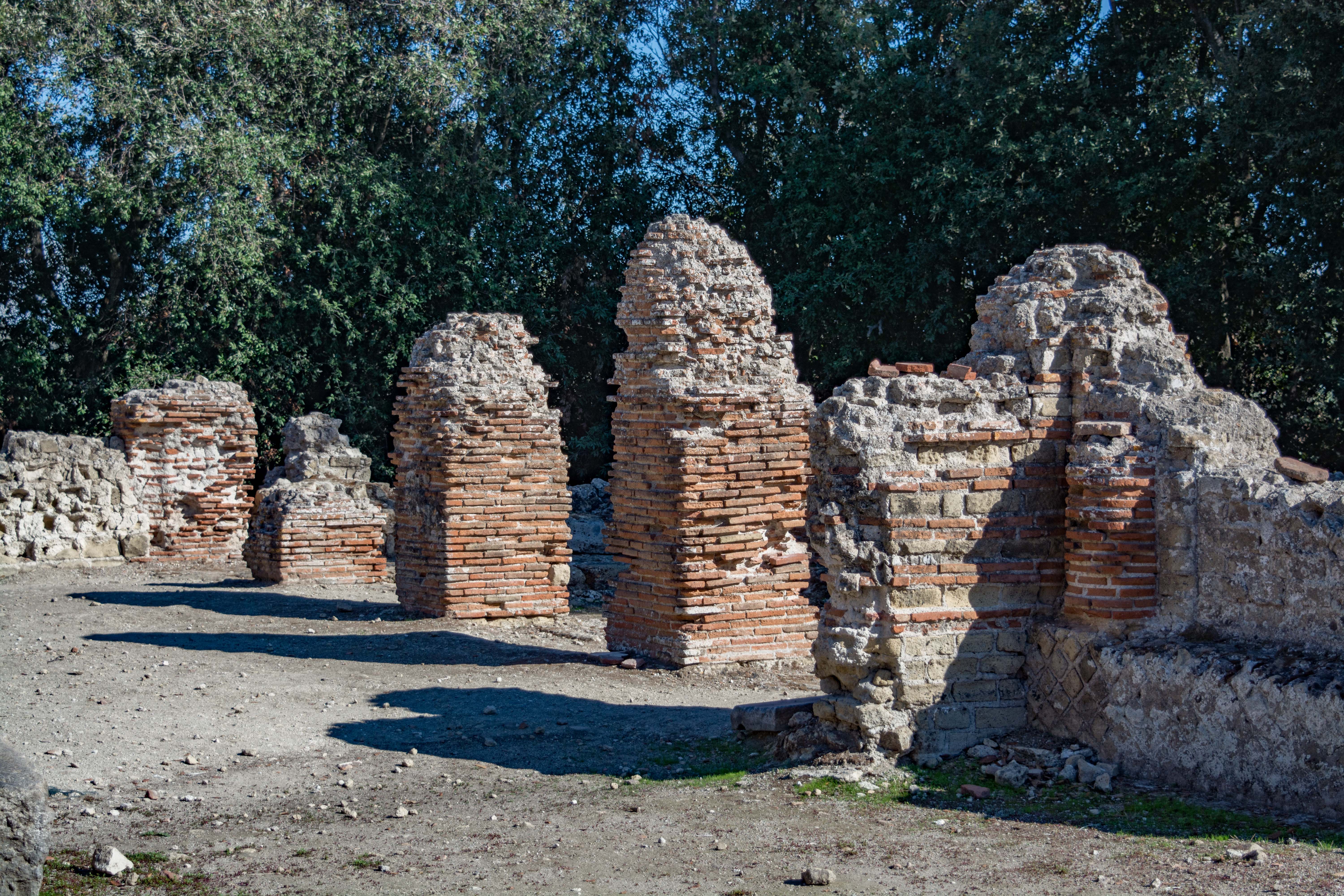
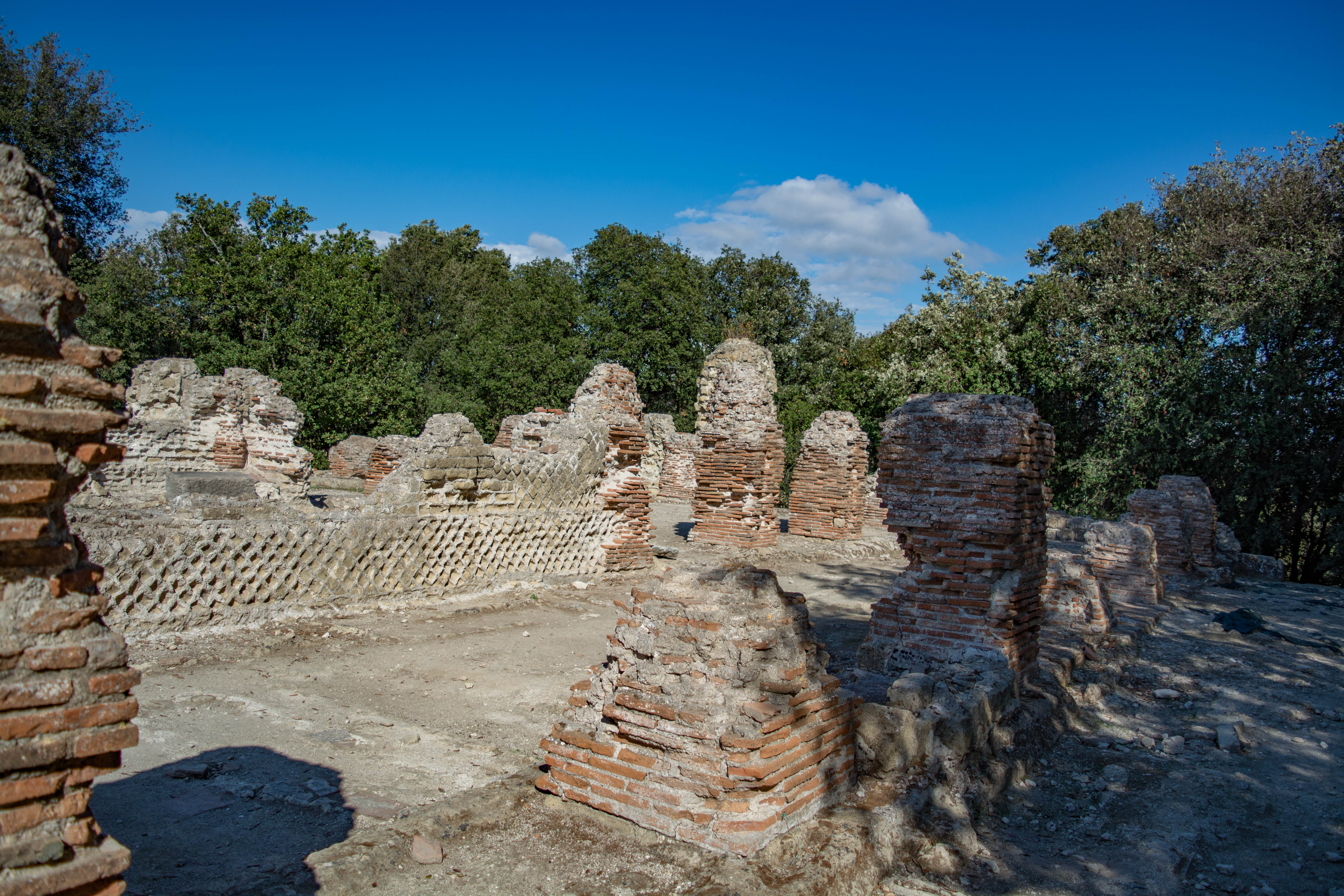
A poster nearby explains some of the techniques believed to have been used to build these temples:
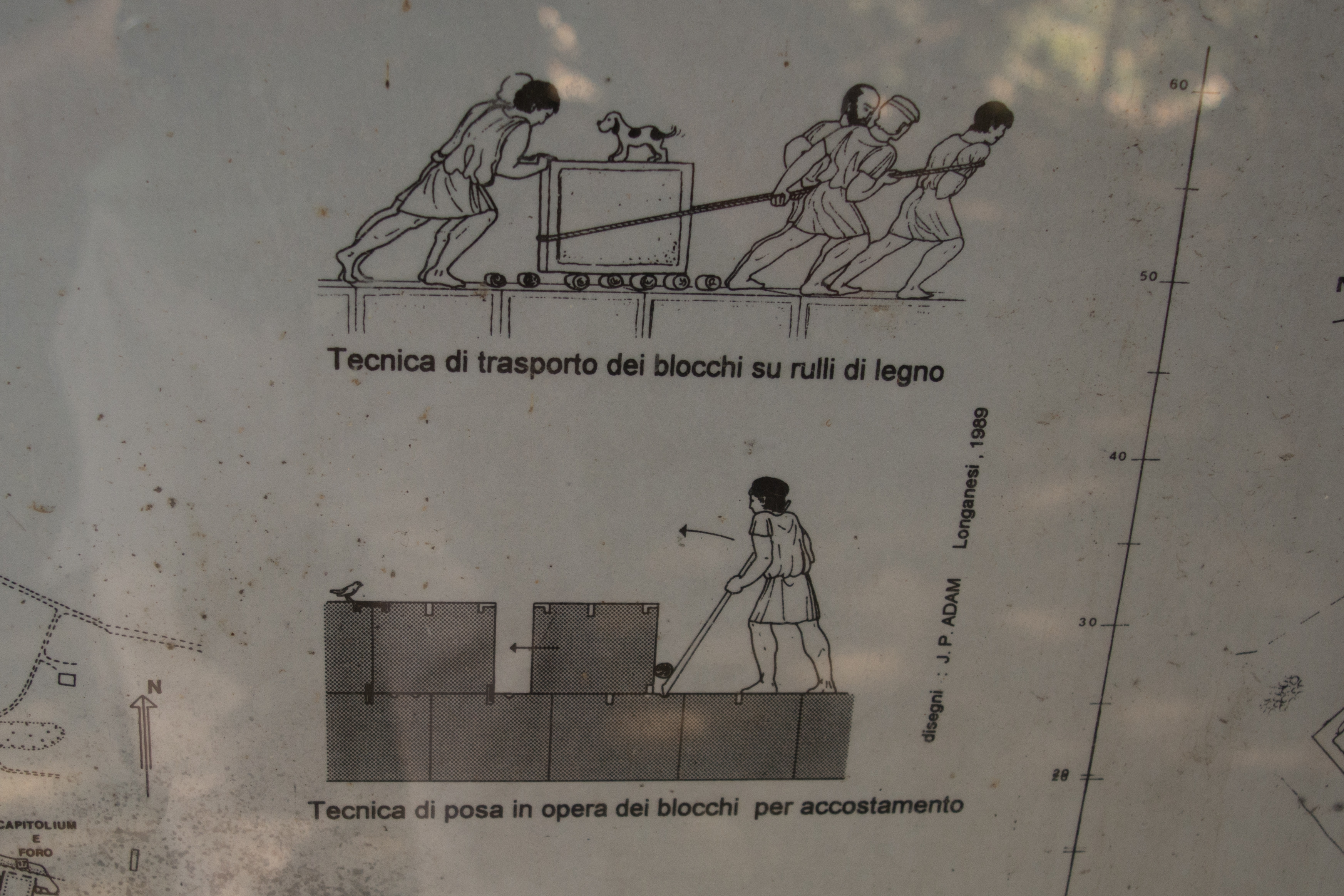
After serving first as a Greek temple of Zeus (about 500BC) and then as a Roman temple of Jupiter, the site was later converted into a Christian church. Two saints named Juliano and Massimo were buried here. Their relics have since been moved and distributed, but their original burial sites are still recognizable:
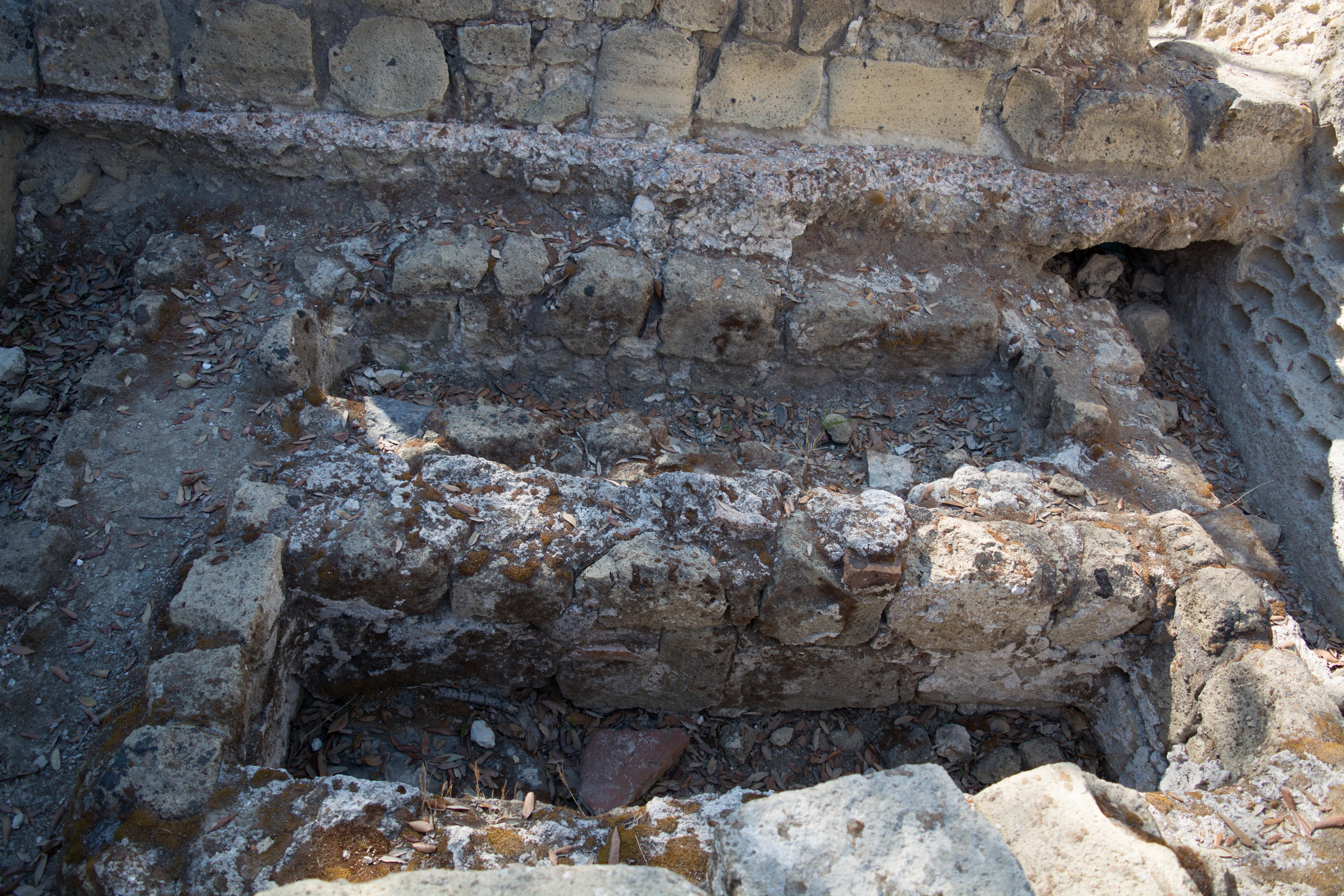
Also in the temple-turned-church there is a baptistry, a large font where Christian baptisms would have taken place. This was probably installed in the early 4th century after Constantine made Christianity the official religion of the Empire. Fragments of the original marble lining are still visible:
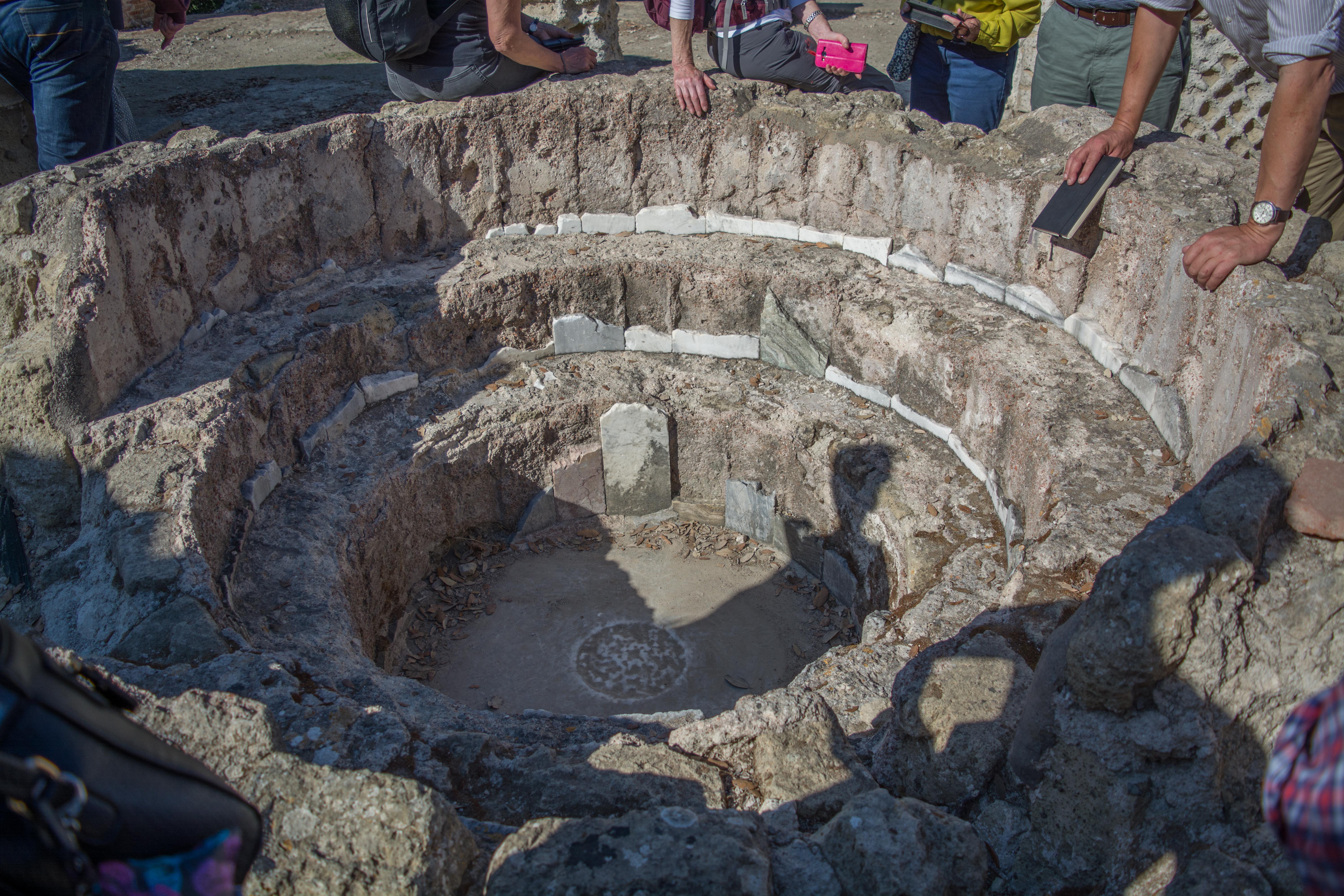
From here atop the hill, the views are incredible:
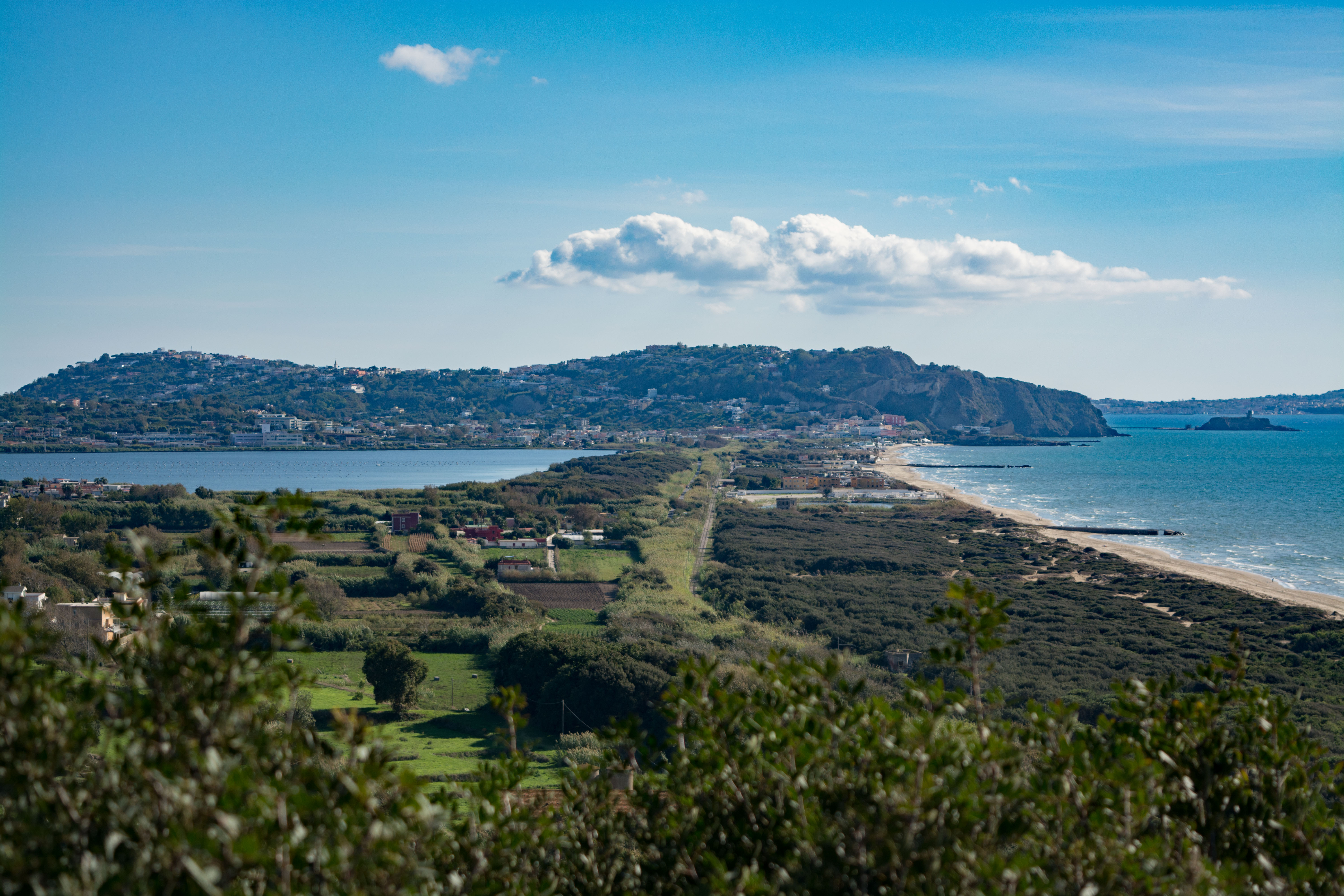
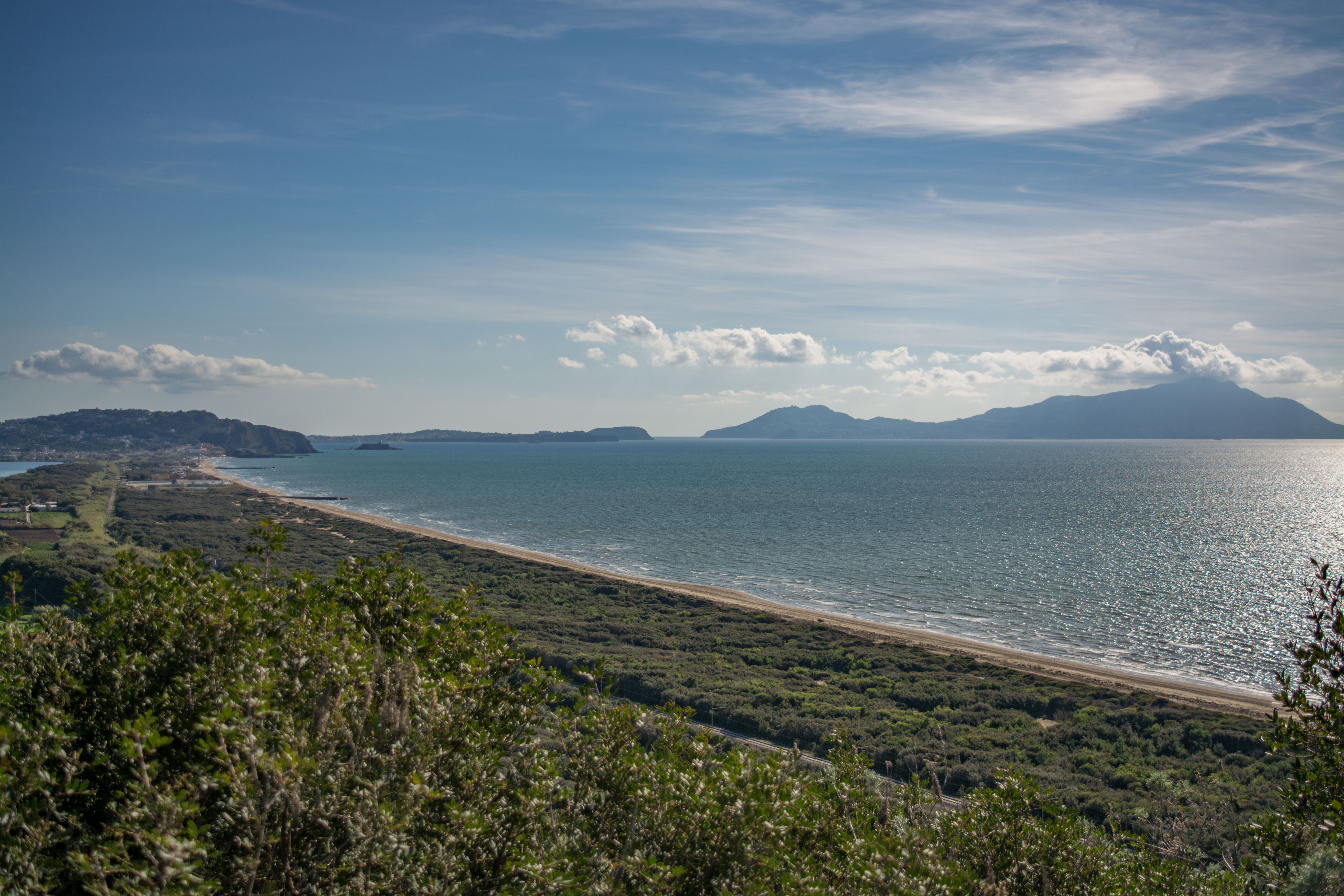
Having now seen everything at the site, we make our way back down the hill to the bus and head for the hotel. Once we are all checked in, I settle into my room which has a window with a beautiful mountain view:
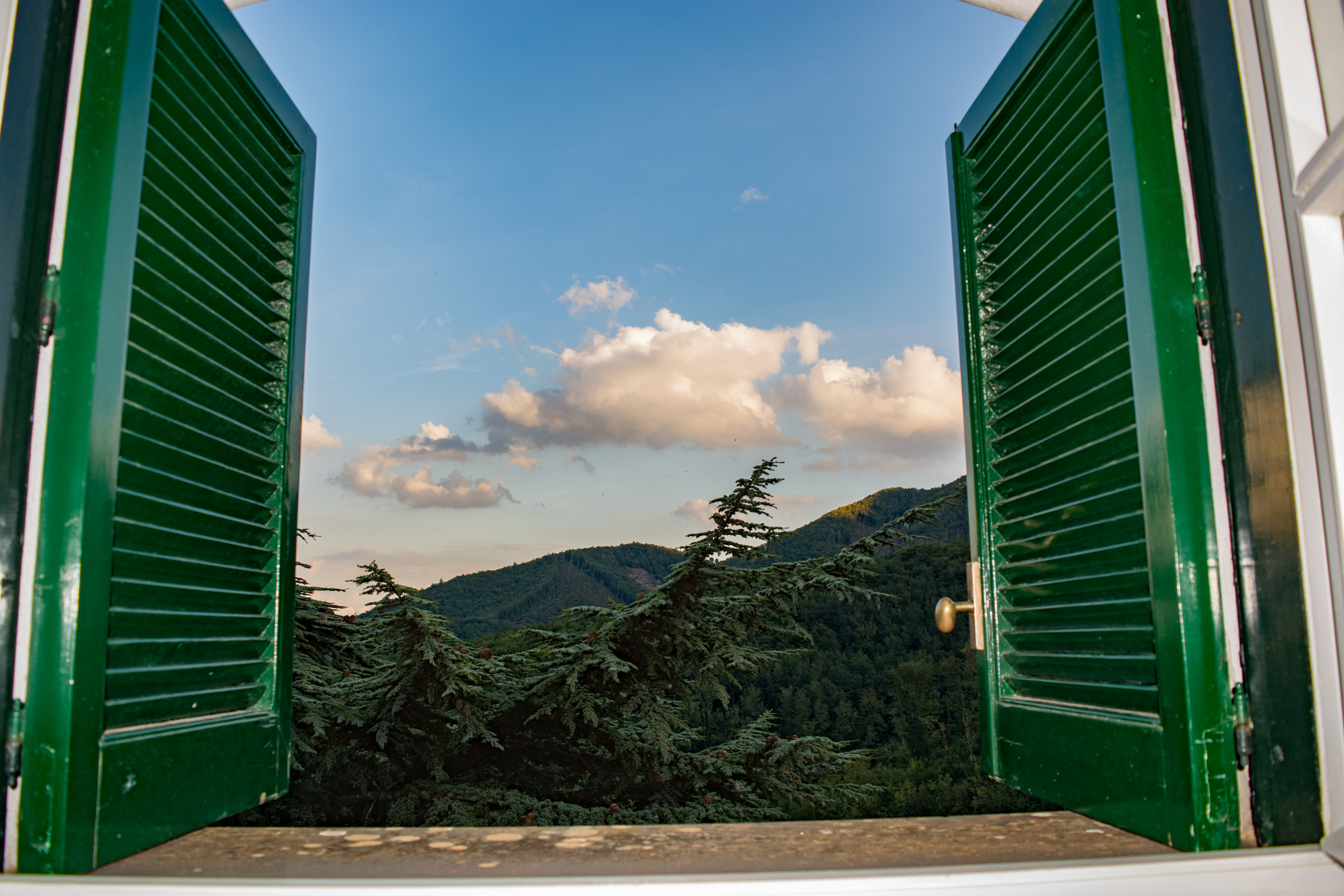
And that was the end of day 1! Tomorrow we head South to visit Paestum, home of three magnificent and extraordinarily well-preserved Greek temples.
